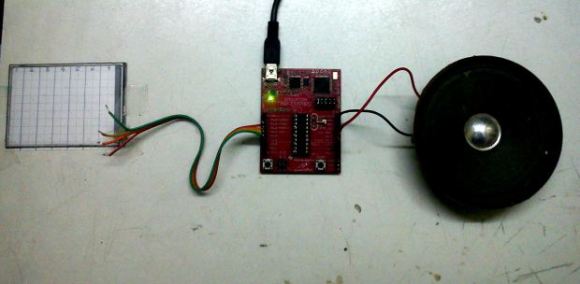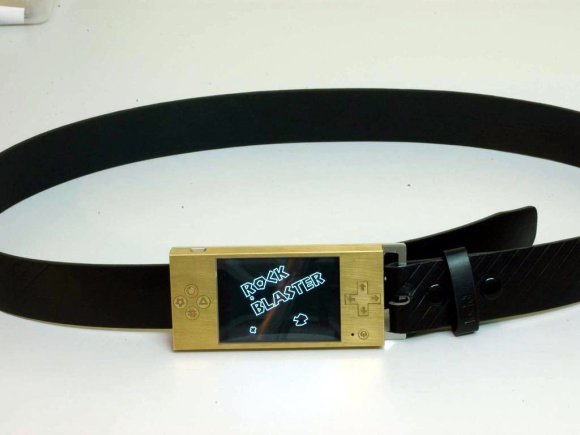![]()
Let’s start off this weekend’s links post with some advertising. We like targeted ads (mostly because we don’t have pooping problems and are tired of hearing about Activia). So we applaud IBM for finding our number with this commercial which produces a stop-motion animation using single atoms as pixels. Wow! [via Reddit and Internet Evolution]
Speaking of commercials, here’s some snake-oil which lets you touch a boob without being in the same room with the person [Thanks Michael].
Moving right along we’ve got a trio of trackpad hacks. There’s one that lets you use the keyboard and trackpad of a MacBook as a standalone USB input device [via Reddit]. Or you could take a Toshiba laptop to the tablesaw to turn it into a USB trackpad. But maybe your Acer C7 Trackpad doesn’t work very well and you just need better grounding.
[Nick McGill] is a member of the team developing an upper body exoskeleton as an assistive technology. This made the rounds on tech websites but the lack of in-depth build info on the project site kept it from getting its own feature here.
If you have a router capable of running DD-WRT here’s a method of setting up a PPTP VPN for free.
And finally, you may remember hearing about the original Prince of Persia source code being discovered and released about a year ago. Well [Adam Green] figured out how to compile it into the original Apple II floppy disks. [Thanks Arthur]












